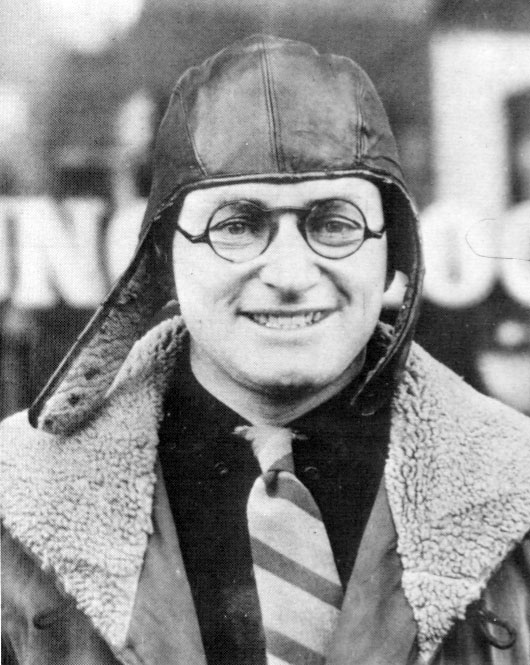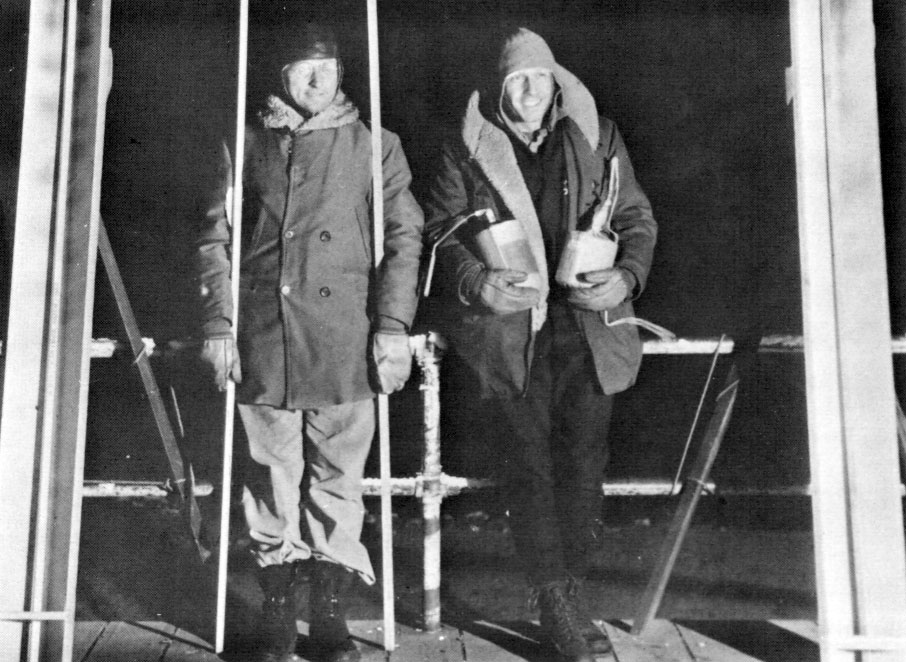Dr. Charles William Theodore Penland 
1899 - 1982
By Eric Swab
Most of us hike with a goal in mind, be it a summit, a high mountain lake, a challenging rock or a hut. Bill Penland’s goals were more often looking for rare plants. He also enjoyed photography, camping, fishing and travel, but fundamentally he was all about plants! In spite of his three given names and a doctorate from Harvard University, he seemed to prefer being called Bill by his friends.
Bill was born December 5, 1899 in Braggs, Wyoming. As a youth he enjoyed the outdoors, and wanted to be a forester. Unfortunately, the University of Wyoming did not offer that degree, so he settled for a B.A. in Botany. He continued his studies at Harvard, where he received a Masters degree. Upon graduation he accepted a teaching position at Colorado College (CC) where he stayed for 2 years before returning to Harvard to study for his doctorate in Biology.
After completing his post graduate work in 1925, he returned to CC to teach in their combined Zoology and Botany Department. Now that he had his PhD, his salary was increased from $1,800 to $1,900 per year. His department head, Dr. Gilmore, told him, “Penland, you may not have much salary, but remember that those mountains are part of your pay!” His classes included bacteriology, mammalian anatomy, (which his students called “cat biology”) genetics and biology. The department was a magnet for pre-med students and many of the Doctors in town were graduates of CC.
Later when Botany was split off into its own department and Penland became it’s head, his teaching was more focused on his major subject. He was well known for his research of fungi and algae of the Alpine Tundra. For six summers he worked at the Alpine Laboratories of Drs. Frederick and Edith Clements located at Minnehaha and southwest of the summit of Sackett Mountain, near the summit of Pikes Peak. The Clements were nationally renowned ecologists who had been pursuing their research in Colorado every summer since 1899.
His professional affiliations included the Botanical Society of America, the Colorado-Wyoming Academy of Science, the American Society for the Advancement of Science, the Colorado Native Plant Society and the Round Table of Colorado Springs.
Bill took his students on field trips looking for plants along the Mt. Cutler trail or, spending overnight at Loud’s cabin in Jones Park, on their way to the summit of Almagre. For the students in his fungi class they visited a mushroom farm north of Denver and the Coors Brewery. Some summers he would take small groups of students on road trips in his station wagon to Texas, New Mexico and Arizona.
 |
|
William Penland and Louis Hough - Prepared for 1928 Fireworks Show
|
For many years Bill and Dr. Hartwell, a local physician and past student, made 2 or 3 plant gathering trips a summer in the Colorado mountains. On one of these trips they discovered a plant near Hoosier Pass that had previously only been known to grow in Canada 2,000 miles away. This discovery led to both national and international notoriety. In the summer of 1938 he accompanied Martin Brown, an instructor at Colorado College and Fountain Valley School, on a 6 month plant collecting trip to Ecuador. Martin recalls that Bill never missed a day’s shave! Bill made it a practice when collecting, to gather 5 samples of each plant. On another trip Martin recalls that Bill was collecting a particular plant close to a sign marking the border of Colorado and New Mexico. Bill had collected 4 specimens on the Colorado side but the fifth was just barely on the New Mexico side. Bill would not collect it to complete his “Colorado” sampling, in spite of Martin’s explanation that the sign might be as much as 100 feet off in either direction.
Penland climbed 42 of Colorado’s 14ers. He became a member of the AdAmAn Club in 1928. As a member of the Pikes Peak Group of the Colorado Mountain Club, he and Pansy Green initiated the annual wildflower exhibit which lasted for 3 days in July, a tradition that was continued for 20 years. He was invited to join the Saturday Knights, but felt they stayed out too late at night, and preferred a smaller group of CC faculty who hiked on Saturday afternoons.
By the time Bill retired in1968, he had taught at CC for 43 years, missing only 3 years during his service in the Army in WWII. After retirement he and his wife Nyla traveled extensively until his death in 1982.